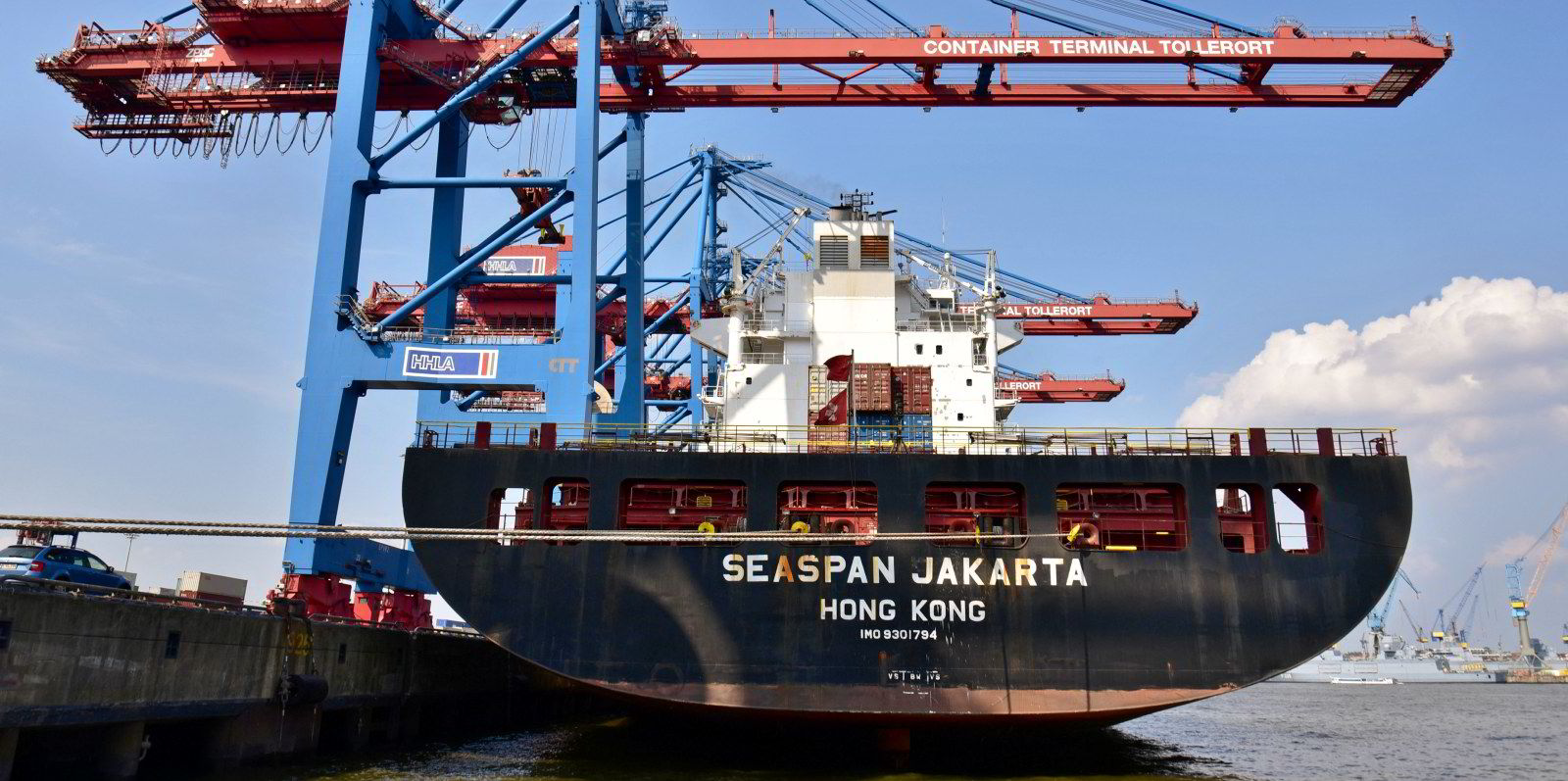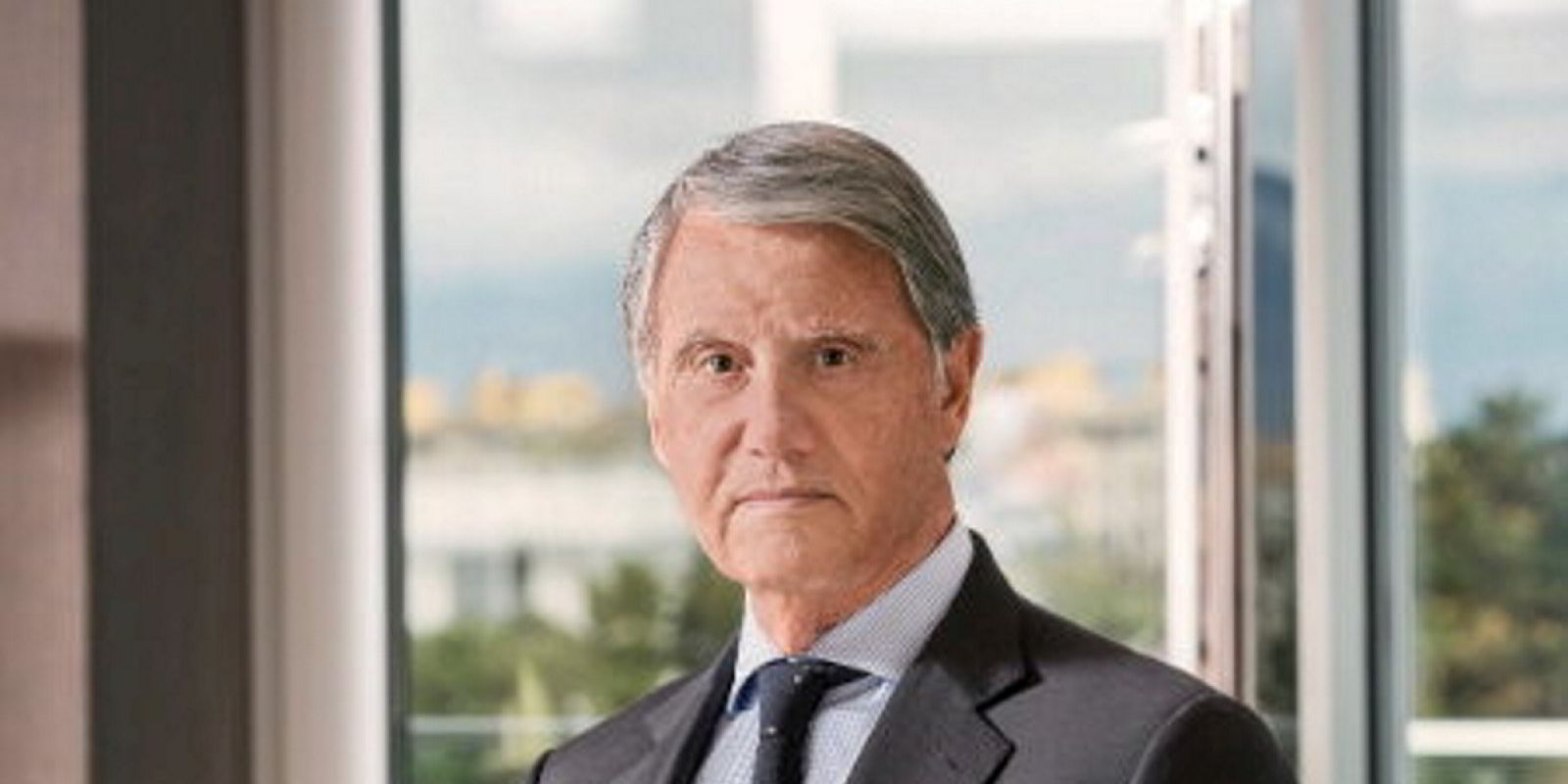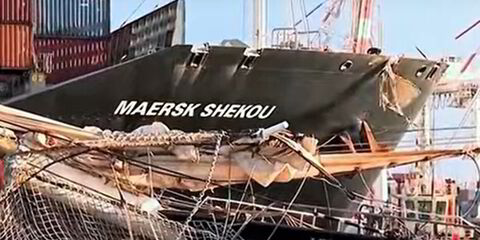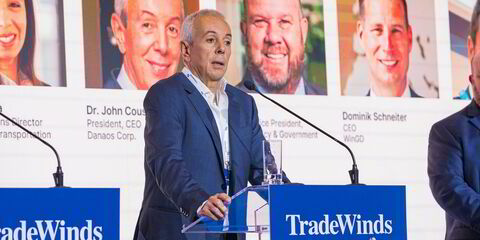Canadian tonnage provider Seaspan Corp is turning its fleet of nearly 200 container ships into floating offices and says it is in part thanks to the high-speed, low-cost connectivity the Vancouver-based outfit enjoys, having rolled out Elon Musk’s Starlink.
Chief operating officer Torsten Pedersen told TradeWinds about Seaspan’s digital transformation and why Starlink has been a godsend.
When the first of Musk’s satellites were launched into service, their maritime use was seen largely for crew welfare as the service was cheap but untested.
But as Starlink has been proven, it has opened the door to a wider digital journey for shipping giants such as Seaspan, which has 160 vessels in service and about 40 due for delivery this year.
Fleet maintenance, emissions data and reporting, and navigation safety are the three key areas beyond crew welfare that Pedersen sees as poised for digital transformation.
“We work with big liner companies, so we have the scale to benchmark across a global fleet, even with the same vessel type with multiple customers,” Pedersen said.
The challenge for Seaspan is to ensure the vessels comply with emissions reporting data by using the most appropriate system while passing it on to the right charterer at the right time.
“We needed to treat ships as offices. Before cheaper, faster satellite connectivity, it was just too slow and expensive.”
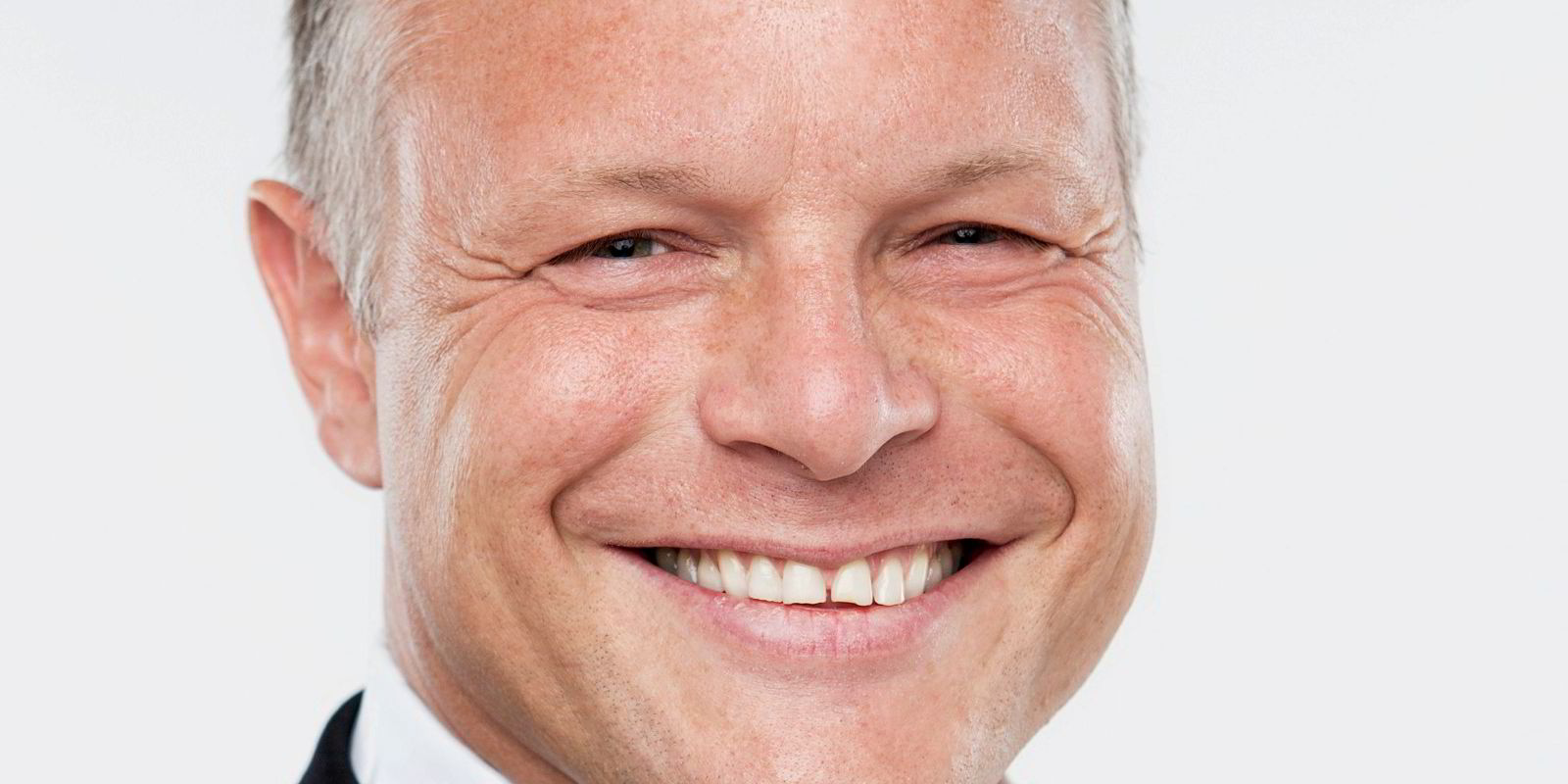
Pedersen said Starlink is now the first point of connectivity for Seaspan’s digital tools, with services like Inmarsat and K-band suppliers, such as KVH, forming a backup where coverage falls short.
Setting up an automated emissions data collection and reporting system was a huge project.
As the owner of the chartered vessels, connectivity and operations are Seapan’s responsibility.
However, charterers want their own reports, data sets and systems, so having the right digital tools has been crucial in creating these layers of reporting.
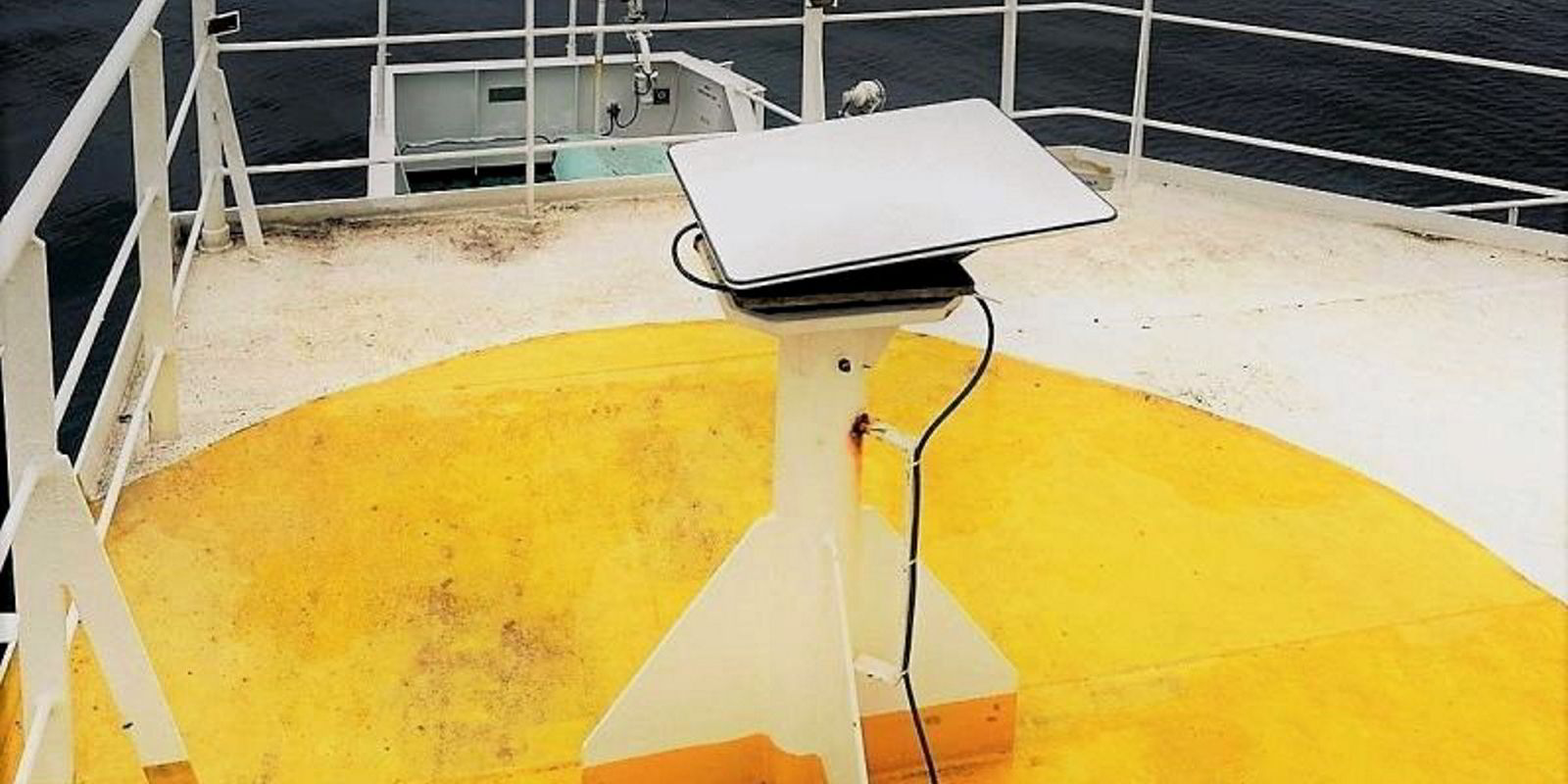
“Some want it blue, some want it green [data in different formats]. It is our responsibility to give them what they want,” said Pedersen, adding that it would be almost impossible without an automated digital reporting system.
“Old ideas shelved due to cost are being dusted off,” said Pedersen, explaining how the connectivity had opened doors for the tonnage provider.
The company has been testing Orca AI for navigation improvements and rolled out Navis Bluetracker for emissions reporting for the European Union’s Emissions Trading System and the International Maritime Organization’s data collection requirements.
Seaspan is also trialling a system from Israeli tech firm Captain’s Eye, focused on improving onboard safety.
Automation and AI
“The principle we set last year was that as much as possible we should be automated. This trend is not going to go away,” he said
While Seaspan will be rolling out new tools and AI solutions, Pedersen stressed that the business case and the fundamental policies around its use need to be established first.

“We are trying AI but it is driven by datasets. Much of the work is around confidential documents. So we need to develop the policies before we develop the AI solutions.”
For example, the company will not be using Chat GPT to write contracts, as there is a risk that parts of the contract will become public.
The most significant changes, he said, would likely be on board the vessels, where there is a huge amount of work on autonomous systems for navigation, and on using AI to help with predictive maintenance.
“The real breakthrough will be when we move from planned to predictive maintenance. This will save money.”
Disciplined first step
Pedersen said historically much of the promise of maritime’s digital transformation had failed to become a reality as the costs had been too high, the business case was unclear or it had called for unrealistic levels of collaboration between shipping players locked in competition.
“The container liner industry has tried collaboration before, take Tradelens. It did not work.”
Tradelens was a three-year blockchain-based project led by AP Moller-Maersk and IBM that tried to lure other liner operators but failed.
“Can we do more? Yes, but not for the sake of technology. It has to have value. We take a disciplined approach, get a clear idea of the business angle and then get our foundation in place.
“So the first step is the internal processes, then the next step is the data.” (Copyright)

